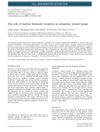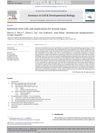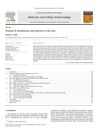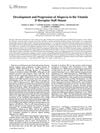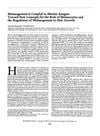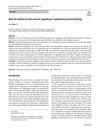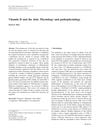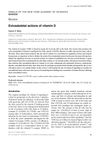Combined Deletion of the Vitamin D Receptor and Calcium-Sensing Receptor Delays Wound Re-Epithelialization
March 2017
in “
Endocrinology
”
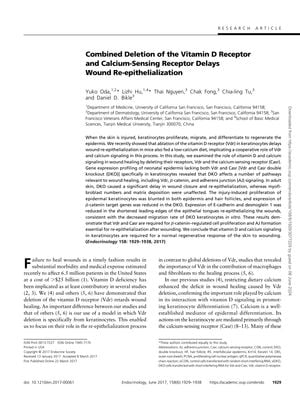
TLDR Removing vitamin D and calcium receptors in mice skin cells slows down skin wound healing.
The study investigated the role of vitamin D and calcium signaling in skin wound healing by deleting the vitamin D receptor (Vdr) and calcium-sensing receptor (Casr) in keratinocytes of mice. The deletion of both Vdr and Casr (double knockout or DKO) affected various pathways important for wound healing, including Vdr, β-catenin, and adherens junction signaling. In adult mice, the absence of these receptors significantly delayed wound closure and re-epithelialization, but did not affect myofibroblast numbers or matrix deposition. The DKO mice showed reduced injury-induced proliferation of epidermal keratinocytes in both the epidermis and hair follicles, as well as decreased expression of β-catenin target genes. Additionally, the expression of E-cadherin and desmoglein 1 was reduced at the leading edges of the epithelial tongues, which is consistent with the slower migration rate of DKO keratinocytes observed in vitro. The study concluded that vitamin D and calcium signaling through Vdr and Casr are essential for β-catenin-regulated cell proliferation and adherens junction formation, which are necessary for the skin's regenerative response to wounding.
